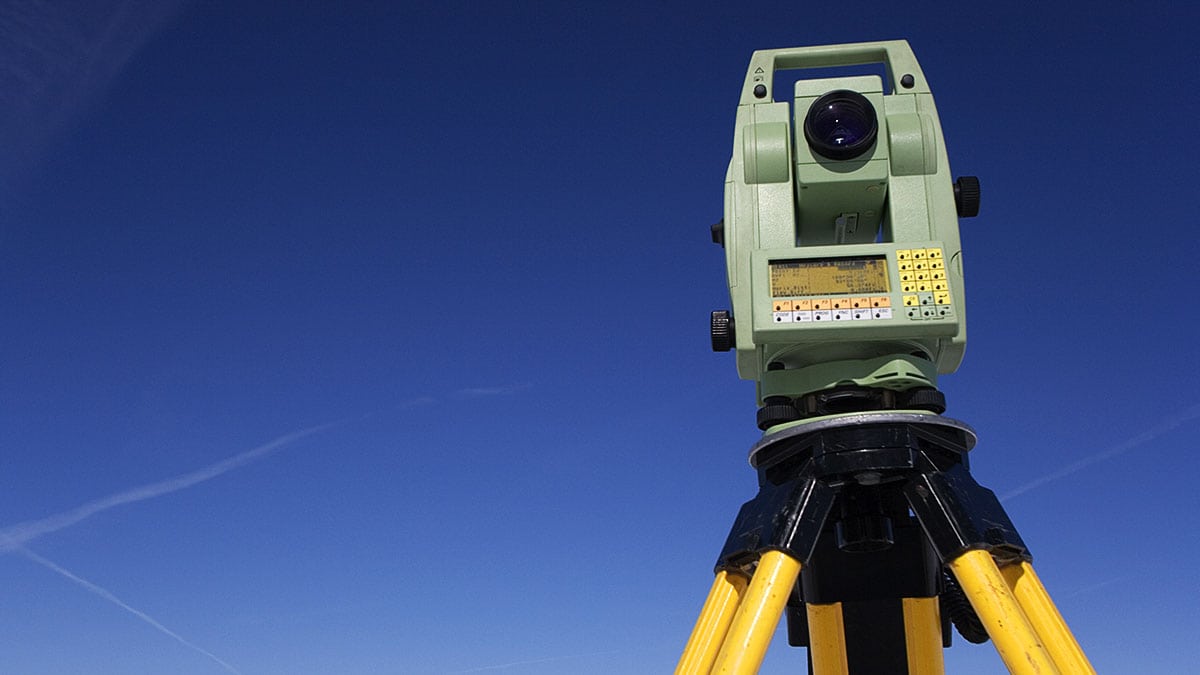Surveying the land refers to the scientific method used to determine the exact boundaries of a specific tract of land. Depending on the project, this can involve linear and angular measurements and some working knowledge of geometry and trigonometry. For an engineering or architectural technician with CAD training, surveying the land provides valuable data that then informs the design process, allowing him or her to recreate a faithful 3D representation of the land as well as the proposed building that will be added to it.
Though in some cases, the Computer Aided Drafter will be provided past measurements to interpret and reproduce using CAD software, in full, the basic principles of surveying involve:
- Performing important surveying tasks, including leveling and measurement of distances using specialized tools and global positioning systems
- Locating and analyzing errors in measurement
- Performing various calculations and conversions using the survey data collected
- Using the final data to produce 3D representations and other sketches
For engineering or architectural design students at a CAD college, learning about surveying means understanding several diverse subjects. These include becoming familiar with various units and figures, scales, angle measurements, global positioning systems, Earthwork calculations, Horizontal curves, Vertical curves and the importance of being thorough in collecting reliable data, as an error can cause significant repercussions down the road.
Qualifications of top surveyors
To excel in this field, a working knowledge of mathematics can be very useful, as you’ll need to perform calculations and work with various units. Strong reasoning and problem-solving skills will also come in handy, as you’ll have to use equipment to collect data, then understand why and when adjustments must be made to the data collected.
Moreover, you should be comfortable working in groups, as this type of position will require coordinating with various other professionals and communicating effectively in written, oral and graphical forms. Lastly, you should have strong attention to detail and the drive to be thorough in your work.
Career opportunities
A career specializing in surveying and mapping offers engaging and challenging work. There are opportunities in land, airspace and water boundaries, and the work may involve developing comprehensive design documents in collaboration with architects, engineers, and planners. In the field of archaeology, these types of measurements, surveying the land and then transferring data into 3D software, is an important part of what these professionals do. Specialized tools are used to collect measurements of artifacts and zones within an archaeological site. This data then allows for the creation of extremely detailed plans using CAD software. Using a combination of scientific measurements and CAD techniques, professionals can map an archeological site in its entirety, including soil and site profiles, providing a representation that will allow decision-makers to make informed decisions that will minimize risk.



